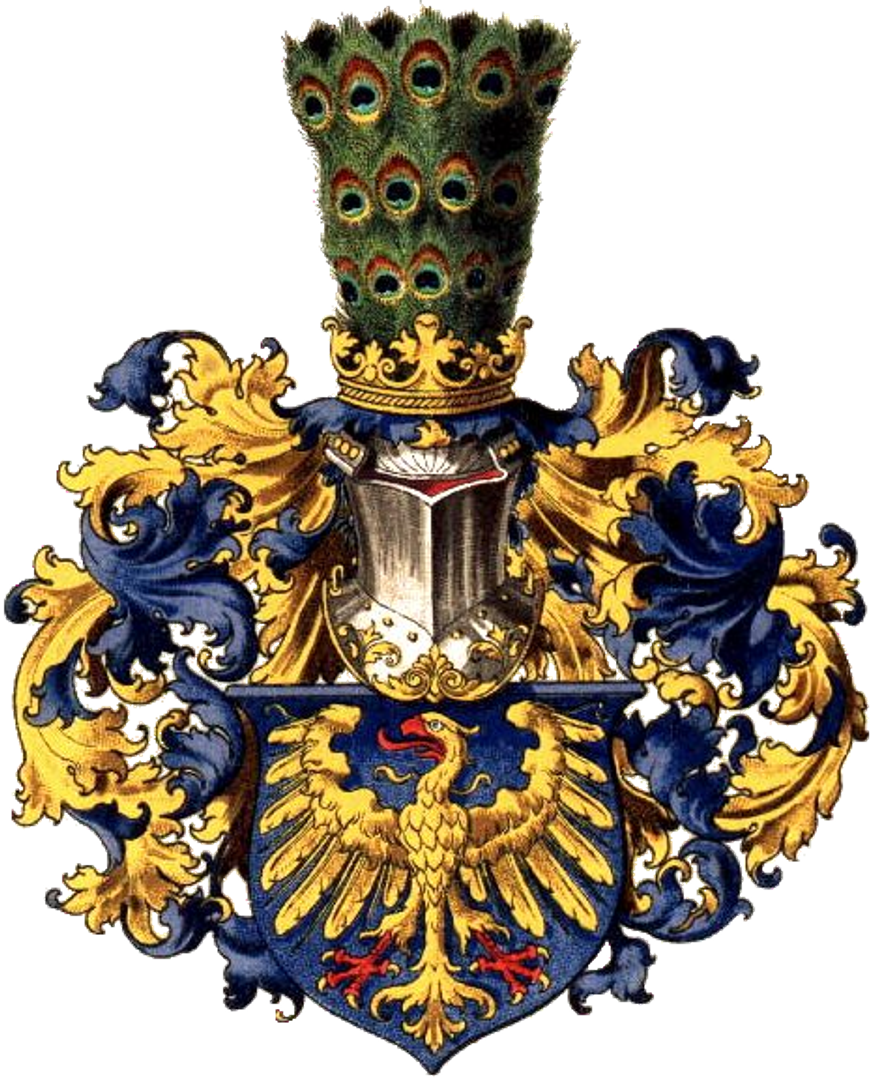The palace and park complex in Krowiarki
8.2

Overview
The Palace in Krowiarki, built in 1826 by Ernest Joachim Strachwitz, is an example of architecture combining Neorenaissance, Neobaroque, and Art Nouveau styles. The building features an ornately decorated facade, a mansard roof with pseudo-Renaissance turrets, and various details such as triple windows in the towers and stucco decorations in the interiors. The palace consists of a newer, two-story brick section in the Art Nouveau style and an older one-story section, plastered in red. Its interiors include rooms such as a ballroom, dining room, and a Moorish hall, with lavish Baroque and Rococo-style decorations. The Donnersmarck Mausoleum, located in the park, was built in the Neoclassical style around 1870 and serves as the resting place for many members of the Henckel von Donnersmarck family. The palace park, covering 17.5 hectares, was originally designed in the English style and was transformed in the 19th century; it features a variety of tree species. The history of the palace dates back to the 16th century when the estate was in the hands of the Trach family, and over the centuries, it changed owners, including the von Beess and von Gaschin families. Since 1947, the palace has served various institutional functions, including as an orphanage and a hospital, and since the 1990s, it has fallen into disrepair. In 2007, the palace was sold with the intention of restoration, but it still requires significant conservation work. The palace and park complex in Krowiarki is an important historical site, bearing witness to diverse architectural styles, cultural heritage, and the history of Upper Silesia.
Location
2025 Wizytor | All Rights Reserved